SIIA Haze Outlook 2021: Case Studies—Riau and Central Kalimantan
Last month, the Singapore Institute of International Affairs (SIIA) launched its Haze Outlook 2021. Co-authored by SIIA and Segi Enam Advisors, it is a risk assessment report on the possibility of a severe transboundary haze incident for the year in the ASEAN region.
Like its predecessors, the report has an appendix featuring two case studies of Riau and Central Kalimantan. These case studies illustrate a geographical overview on hotspot intensity in relation to other relevant information, including forest and peatland moratorium areas designated by the Indonesian government and districts with food estate projects in planning.
Riau
In contrast to September 2019, there were no high confidence-levelled hotspots detected in 2020 of the same month within the Riau district, likely reflective of notable efforts made by the provincial government in launching its own sustainability and forest fire prevention campaigns under the umbrella of the “Green Riau” strategy. The concern this time lies in with the central government’s food estate programmes—for Riau, its districts of Rokan Hilir, Pelalawan, and Indragiri Hilir (indicated in purple) have been earmarked. While the exact location of these programmes are still unknown, much of the land within the three districts noticeably consists of either peatland or areas protected areas recognised by the International Union for Conservation of Nature (IUCN) and/or under moratoriums prohibiting the conversion of forest land into commercial plantations.
Central Kalimantan
Central Kalimantan recorded significantly fewer hotspots in September 2020 compared to September 2019, which was a source of great relief for region. Similar to Riau, the concern this time again lies in the central government’s food estate programmes—for Riau, its districts of Pulang Pisau and Kapuas (indicated in dark purple) have been earmarked, both of which overlap with the 1996 Mega Rice Project (indicated in light purple), an unsuccessful food security project that was later abandoned and left much of the area dry and vulnerable to fires. A significant portion of these districts notably constitute peatlands and protected areas, again painting a similar story in Riau.
Our previous posts on the SIIA Haze Outlook 2021: (1) Reviewing 2020; (2) Issues to Watch in 2021; and (3) Opportunities for Climate Action and Green Recovery.
Read the full report here: SIIA Haze Outlook 2021









